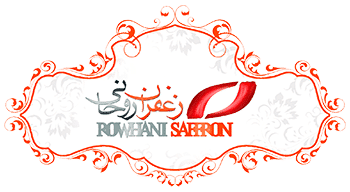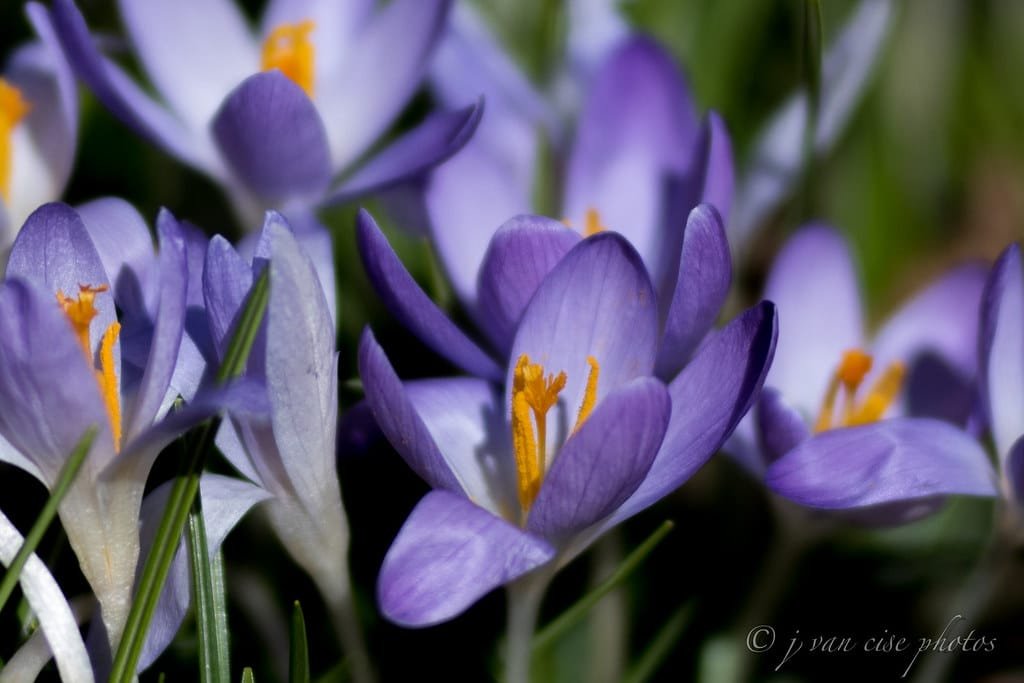Saffron and medicinal plants A new approach to cultivation in Isfahan
Ahmad Reza Raeizzadeh regarding the amount of horticultural products harvested in Isfahan province during 1398 stated: Considering that the apple tree has been one of the main horticultural products in Isfahan province in 1398, it also ranked first among other products with a harvest of 190,000 tons.
The director of horticulture of Jihad Keshavarzi of Isfahan province, stating that 90% of the apples produced in the province bear fruit in Semirom city and the whole country is known for its deliciousness, added: In 1397, 125,000 apples were harvested due to frost and drought, but In the past, it increased by more than 50%; We also had frost this year. We hope that the apples will be less damaged due to the late flowering.
280 thousand tons of greenhouse products were produced in Isfahan
He informed about the movement of the Ministry and Jihad Agriculture Organization of Isfahan province towards low-water crops, including greenhouses, and said: bell peppers, tomatoes, cucumbers and eggplants are mainly grown in 2,000 hectares of greenhouses in Isfahan, which in total in 1398 amounted to 280 Thousands of tons of produce, low-cost facilities and the issuance of licenses and licenses in the fastest time are among the support measures taken to develop greenhouse cultivation.
Raeizzadeh stated that in recent years, greenhouse cultivation has increased by 150 hectares per year, adding: Last year, with the same development, we saw a 12 percent increase in crop production; By the next five years, the area under greenhouse cultivation in the province will exceed 3,600 hectares, and with this development, the amount of production and employment will double.
Regarding the advantages of this type of cultivation, he said: Greenhouse cultivation, along with less water consumption, has high employment and, more importantly, its permanent employment, unlike traditional cultivation, which creates employment in one season of the year and the person is unemployed in other seasons; Another positive point for the cultivation of greenhouses is the appreciation of these products. At present, the products produced in the greenhouses of Isfahan province are exported to Russia, the Persian Gulf countries and Iraq, despite the restrictions.
The director of horticulture of Jihad Keshavarzi of Isfahan province, stating that pomegranate is the third after apple and greenhouse products with a production of 70 thousand tons in the province, added: The next ranks in Isfahan belong to dried fruits that weigh less, such as almonds, pistachios and … which produces about 5,000 tons.
Half of Isfahan’s gardens are uninsured
In response to a question about compensation for farmers, he said: Any garden that is covered by insurance will be compensated in case of frost, flood, etc. The approach of agricultural jihad is to encourage gardeners to insure their gardens, however, gardeners whose gardens are at risk. Fewer do not want to do it themselves.
Raiszadeh, stating that 1397 was the last year of a drought period and the severity of dehydration destroyed 3,000 hectares of orchards, continued: Poultry insurance is mandatory but horticultural products do not have compulsory insurance and therefore about half of the orchards are covered They are not insured.
The director of horticulture of Isfahan Jihad Keshavarzi regarding the policy of Jihad Keshavarzi regarding the increase of orchards emphasized: in the discussion of orchards, we do not have development due to lack of water resources, unless agriculture wants to plant fruits or change its cultivation instead of wheat and barley.
Saffron and medicinal plants A new approach to agricultural jihad
Regarding the change in the cultivation pattern in Isfahan province, Raeizzadeh said: The production of saffron and medicinal plants due to low water requirements is one of our supported crops, and in recent years these two areas have developed so that after the provinces of North, South and South Khorasan. Razavi ranks fourth in the country in saffron production.
The director of horticulture of Jihad Keshavarzi of Isfahan province added: 1400 hectares of lands of Isfahan province are under saffron cultivation and especially Natanz, Najafabad, Tiran and Kroon cities have the highest amount of saffron cultivation. Also, 3,000 hectares of medicinal plants were planted in 1398, which has increased by 30% compared to the previous year.
According to Raeeszadeh, thyme, fenugreek, garlic, mint, rosemary, parsley, tarragon, cumin, shallot, etc. are among the types of medicinal plants that are cultivated in 22 cities of Isfahan and a total of 37,000 tons of dried plants were produced last year. Is; It is one of the medicinal plants of Mohammadi flower, the cultivation of which is said to be separate from numbers.







Get Social